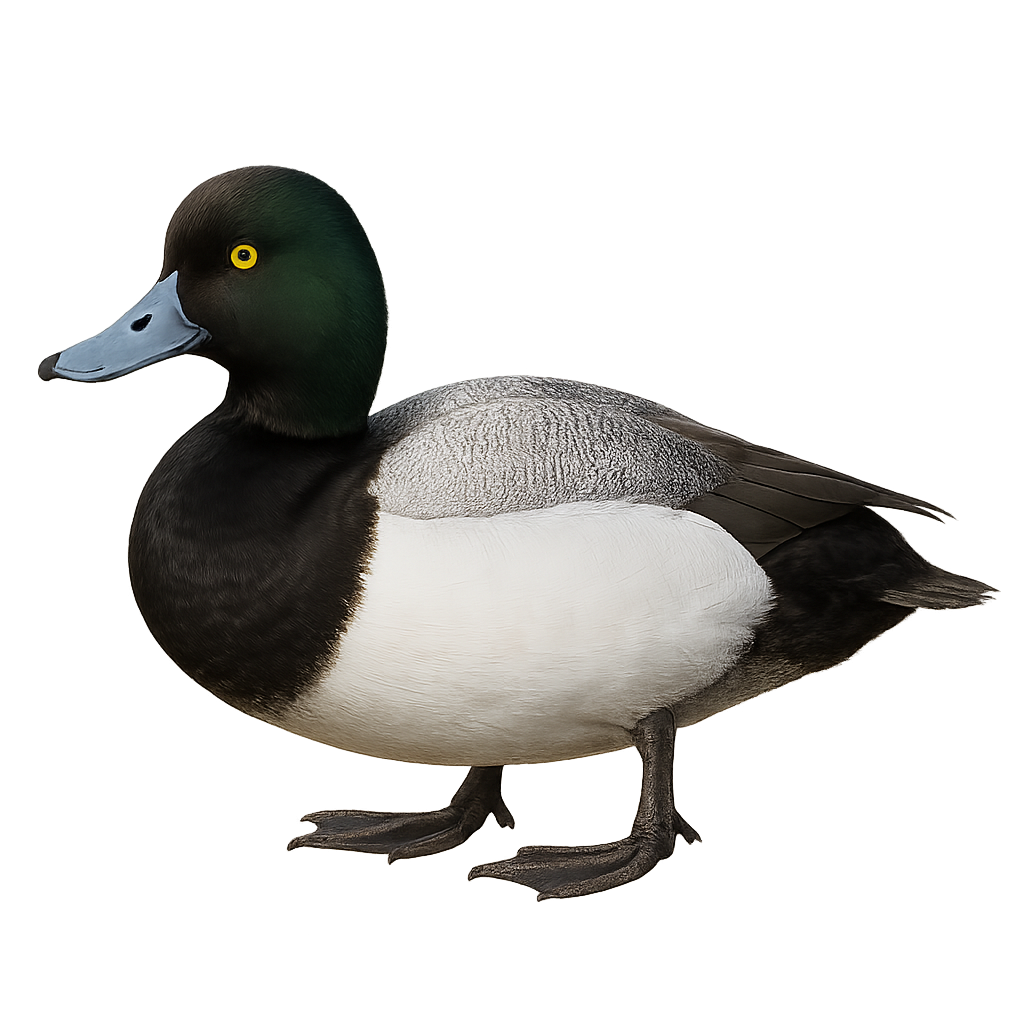Your wildlife photography guide.
Explore the scaup in detail, study its behavior, prepare your shots.
Where to observe and photograph the scaup in the wild
Learn where and when to spot the scaup in the wild, how to identify the species based on distinctive features, and what natural environments it inhabits. The WildlifePhotographer app offers tailored photography tips that reflect the scaup’s behavior, helping you capture better wildlife images. Explore the full species profile for key information including description, habitat, active periods, and approach techniques.
Scaup
Scientific name: Aythya marila

IUCN Status: Least Concern
Family: ANATIDAE
Group: Birds
Sensitivity to human approach: Suspicious
Minimum approach distance: 10 m
Courtship display: May to June
Incubation: 24-28 jours
Hatchings: June to July
Habitat:
Lakes, ponds, wetlands
Activity period :
Primarily active during the day, with peak activity in the morning and late afternoon.
Identification and description:
The scaup is a diving duck found primarily in lakes, ponds, and wetlands across Europe, Asia, and North America. It is easily recognizable by its contrasting black and white plumage, blue-green beak, and rounded head. This duck primarily feeds on aquatic plants and small invertebrates, which it captures by diving underwater. During the breeding season, it builds its nest in aquatic vegetation or near the shores.
Recommended lens:
300 mm – adjust based on distance, desired framing (portrait or habitat), and approach conditions.
Photography tips:
Photograph the scaup using a telephoto lens to capture the details of its plumage and dives. It is best to photograph early in the morning or late in the afternoon when the light is soft and the bird is more active. Be patient and ready to capture the moment when the duck dives underwater to catch its food.
The WildlifePhotographer App is coming soon!
Be the first to explore the best nature spots, track rutting seasons, log your observations, and observe more wildlife.
Already 1 439 wildlife lovers subscribed worldwide

